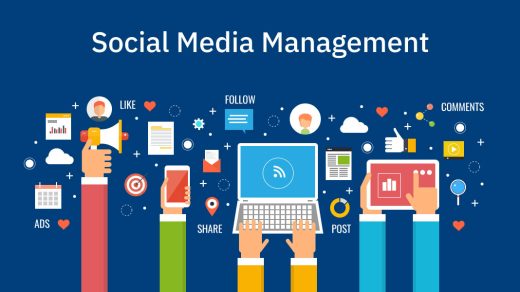We all know that small businesses require more than just a little money to keep running. Between inventory, products and employees, there is no wonder why most companies of this size struggle with overspending and the resulting crisis of profitability. They simply need too much money for their relatively low revenue.
But did you also know that many expenses of smaller companies often go to benefit the big players in the market? Albeit through indirect means – i.e., price wars caused by offering similar services at reduced prices – but benefits nonetheless, which ultimately charges consumers even more than they would have paid without such competition between these companies.
Let’s take a closer look on Aron Govil Tips:
- A lunch sandwich from Subway (or any other such large chain) might seem like its cheap, but convenience has its price. And the price of Subway sandwiches is paid by individual customers who know very little about how much money they’ve spent throughout their lifetime on sub sandwiches. But if you were to calculate that over 20 years (which is not far-fetched) then you would be spending anywhere between $5,000 and even $10,000 per person during all those years!
- Even though most people believe that larger chains are cheaper than smaller local shops because of their large number of customers and economies of scale, this belief does not take into account what it costs to attract so many customers in the first place. And this “attract cost” is quite high, as companies have to spend a lot more on marketing campaigns, acquisitions, advertising and the salaries of their employees.
- And because larger companies are actually less efficient when it comes to serving each individual customer, their expenses are much higher than what they might come across as in the beginning. For example, Subway composes its sandwiches to serve 10 individual customers out of one batch of ingredients. Small sandwich shops typically prepare smaller batches – often just enough for 2 people – which make them more efficient in terms of labor… And have you noticed how large chains tend to hire more staff members? This is all due to the fact that they need a greater number of workers with lower efficiency levels per person (due to mass production).
- All this ultimately leads us back to square one: larger companies such as Subway or McDonald’s do not like other companies (particularly small ones) copying their business model. These larger chains, because of the inflated prices that they charge to cover their high operating costs, suffer huge losses if even one competitor enters into the market with similar pricing policies – or, God forbid offers lower prices! Even though reduction in prices is what eventually benefits the consumer, it hurts these big players by taking away a large chunk of their revenue.
- It is worth noting here that increased competition might depress profits but does not have much effect on industry-level production efficiency. And this means less expenses for everyone involved.
- Between the years 2001-2011, total US revenues increased from $83.1 trillion to $95 trillion, a dramatic boost of 13.9%. At the same time however economy grew much slower when taking into account inflation and population growth; in fact adjusted for inflation and population (estimated to grow 1%-2% per year), we are talking about an overall economic drop in production of goods and services. So how come the US economy grew so much? The answer is simple: expenses.
- Aron Govil says, the increase in incurred costs leads to higher revenues that are why companies work hard to reduce expenses. As you can see from the pictures below, since 2008 companies went into expense cutting mode, reducing cost by $2 trillion dollars which translated into record high margins (revenue/costs).
- These growing margins are what allowed for the increases in revenues seen above. But here comes the problem… Since 2008, revenue growth dropped even as costs continued to drop; margin (%) continued to rise but revenue ($) dropped sharply after 2012 because since then margins have stayed relatively high while revenues remained low!
Conclusion:
The only way for the economy to grow, is through revenue growth. If margins were to drop again (and they will most likely do so very soon), revenues would drop with it and things would get ugly in a hurry!
The bottom line? Expenses are often used to increase profit margins and diminish competition. Don’t forget that when you go shopping!



Recent Comments